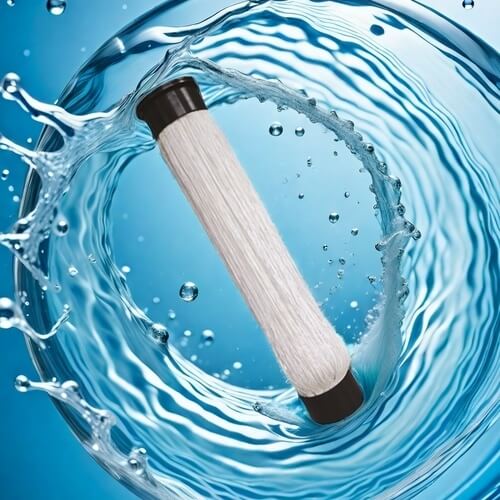How MBR membrane treats wastewater from meat processing plants
MBR membrane bioreactor is an efficient water treatment technology that can be used to treat wastewater from meat processing plants. The following are the main steps of MBR membrane bioreactor to treat wastewater from meat processing plants:
1. Hydrolysis and acidification stage: The wastewater from the meat processing plant is introduced into the hydrolysis and acidification tank for pretreatment to degrade organic matter such as protein, fat and carbohydrates in the wastewater, and convert the organic matter into easily biodegradable organic matter.
2. Aerobic biological treatment stage: The wastewater treated in the hydrolysis and acidification tank is introduced into the aerobic biological treatment tank through the aerobic biological treatment reactor, and the organic matter is biodegraded by microorganisms, and oxygen is added to promote the metabolic activity of microorganisms. At this stage, organic matter is decomposed into CO2 and H2O, thereby reducing the COD value.

3. MBR membrane solid-liquid separation stage: The water treated in the aerobic biological treatment tank is introduced into the MBR membrane reactor, where the pore size of the membrane is only 0.1-0.4 microns, which can effectively filter out impurities such as suspended solids and cells, thereby achieving solid-liquid separation. In this step, the membrane needs to be cleaned and replaced regularly.
4. Ammonia nitrogen removal stage: A nitrification-denitrification reaction tank is added after the MBR membrane reactor, and the ammonia nitrogen in the wastewater is nitrified and denitrified by microorganisms, and the ammonia nitrogen is converted into nitrogen gas for discharge.
5. Purification treatment stage: Finally, the treated wastewater enters the purification tank for deep treatment to remove the remaining organic matter and nutrients such as nitrogen and phosphorus, and finally meet the discharge standards.
It should be noted that in the actual operation process, it is necessary to adjust and optimize according to the water quality and discharge standards of the meat processing plant wastewater to ensure the efficient and stable operation of the system and the effluent quality.
